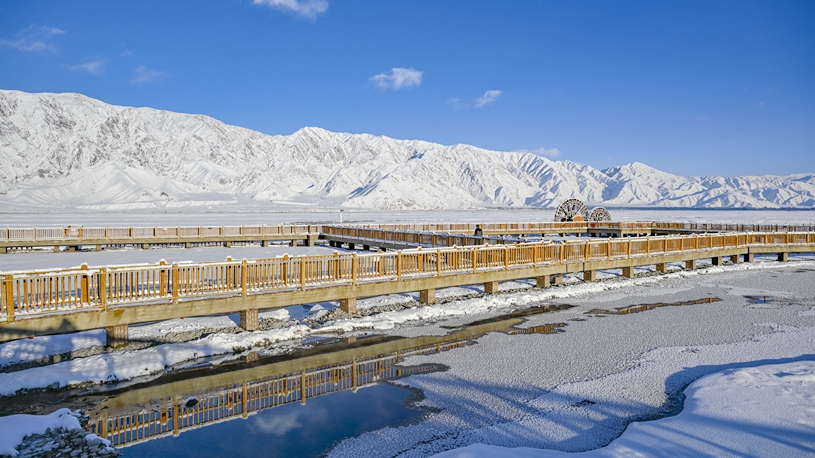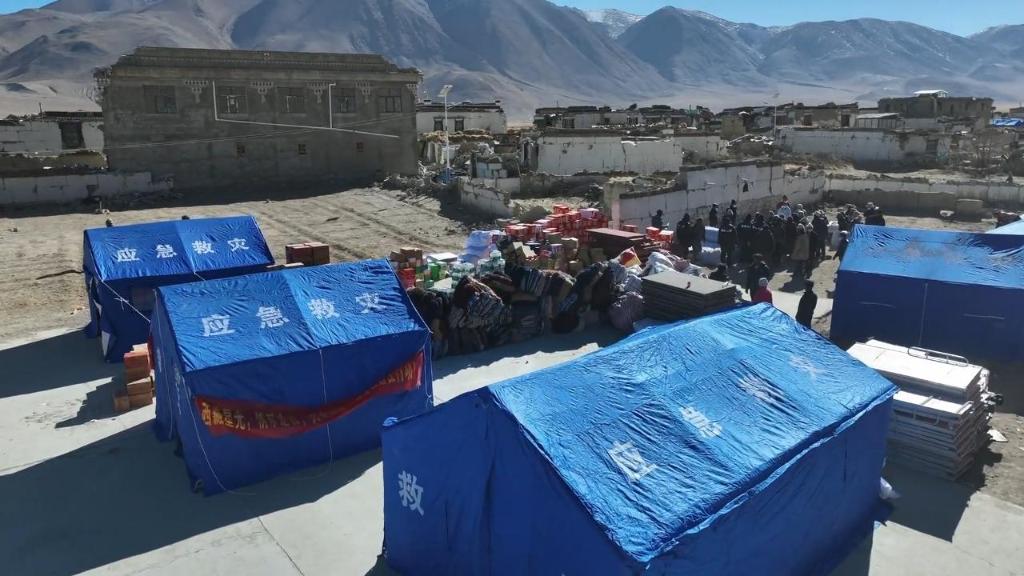BEIJING, Jan. 10 (Xinhua) -- The Jiankou Great Wall, one of the most dangerous sections of the Great Wall, will launch its first tourist route this year, opening a previously off-limits segment to the public, according to authorities in the Huairou District of Beijing, where it is located.
The route to be opened to the public is the segment between defense towers 141 and 145. Zhang Tong, an official with the Huairou Culture and Tourism Bureau, said the route was launched to showcase restoration and archaeological achievements and to guide the public in "legally visiting the Great Wall."
The Jiankou section is one of the most dangerous parts of the Great Wall, hence an attraction to daredevil hikers. Its name, "Jiankou," is derived from its aerial shape, which resembles a drawn bow. However, occasional casualties of hikers have been reported over the years.
Since 2016, the Jiankou Great Wall has been undergoing protective restoration and has not been open to the public.
Originally built in the Tang Dynasty (618-907) and restored in the Ming Dynasty (1368-1644), the Jiankou Great Wall connects to the Mutianyu Great Wall to the east and the Huanghuacheng Great Wall to the west.
The Great Wall is a UNESCO World Heritage Site with many interconnected walls. The Great Wall is China's largest-scale cultural heritage site, with walls scattered across 15 provincial-level regions, some sections dating back 2,000 years. ■












